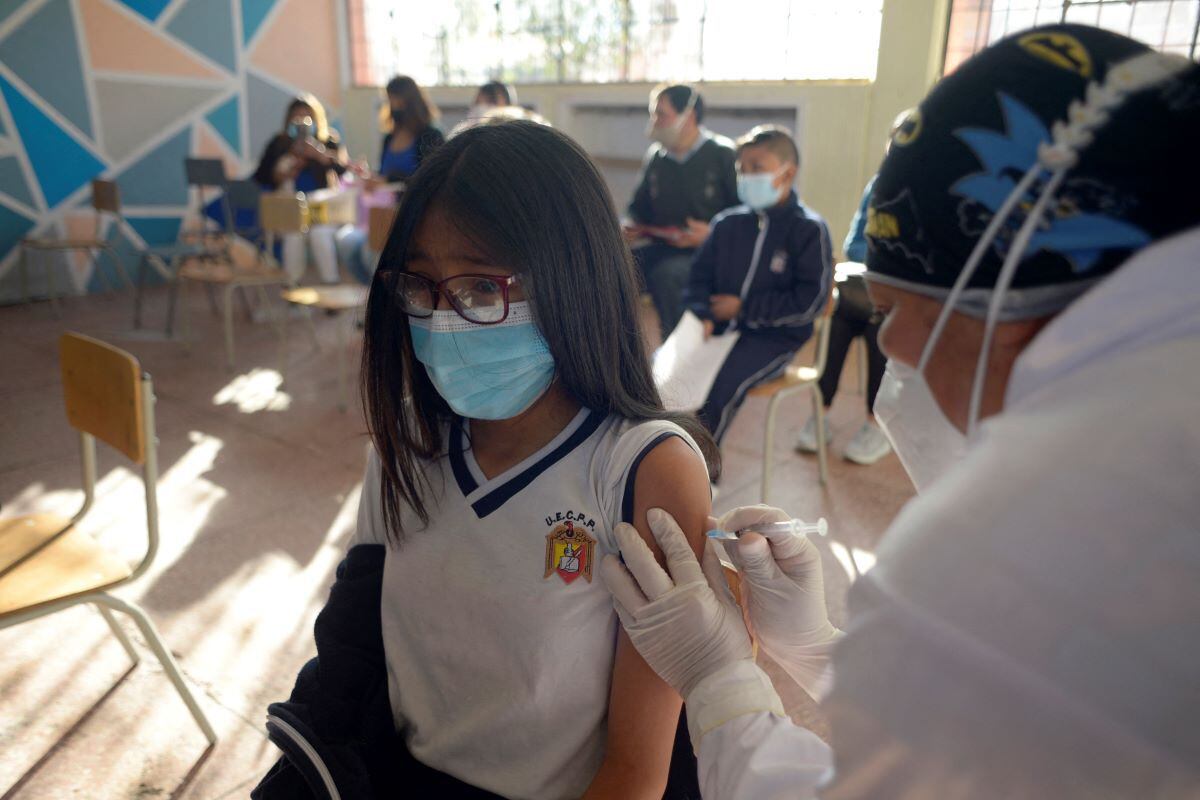
Ecuador is beginning to vaccinate children ages three and older—they are likely to continue the campaign with even younger children—and is easing COVID restrictions. It’s a stunning turnaround for a health care system that was so overwhelmed at the start of the pandemic that desperate people had to leave the plastic-wrapped corpses of loved ones on sidewalks.
Ximena Garzón, Minister of Health and an epidemiologist, announced last week that the country is easing restrictions thanks to the sharp drop in the number of cases. The wave of omicron led to a record spike in counting, but receded just as quickly.
For my circle of friends and family, omicron hit close to us and hit hard. Cases range from asymptomatic to severe. An elderly aunt passed away just as she seemed to be on the mend.
The data throughout the pandemic shows two massive spikes that reflect how the virus hit Ecuador. In March 2020, the number of diagnosed cases was minimal as the death rate skyrocketed.
Between the two peaks, the pharmaceutical industry developed vaccines and Ecuador elected a center-right president, Guillermo Lasso. The new leader managed to vaccinate people with the same public health system that showed scandalous negligence and corruption at the beginning of the pandemic.
Lasso’s ability to get vaccines from China and Western countries and get them to people is a lesson for other developing nations. More than 75% of the country’s 17.9 million people are vaccinated, from its big, bustling cities to remote villages in the Andes and Amazon jungle.
The deployment of the vaccination campaign contrasts with other government efforts during the pandemic, which have been fortuitous or even contradictory. A Kafkaesque bureaucracy was in full swing when Education Minister María Brown traveled to Guayaquil to celebrate the reopening of a school. The same day, Cynthia Viteri, the mayor who made international headlines for blocking the runway of the local airport with vehicles to prevent a flight from Europe, ordered its closure.
Confusion and contradiction in government infection control measures did not inspire confidence in Ecuador’s ability to protect its citizens. That, coupled with the impact of deaths early in the pandemic, may have helped boost confidence in COVID vaccines.
The sense of security from widespread immunization has translated into fewer travel restrictions. Arriving air passengers no longer need negative PCR tests as long as they are fully vaccinated, and the borders with Colombia and Peru have reopened.
Now that the pandemic is perhaps nearing its end, the entire country seems to be breathing a collective air of relief.
Source: Gestion
Ricardo is a renowned author and journalist, known for his exceptional writing on top-news stories. He currently works as a writer at the 247 News Agency, where he is known for his ability to deliver breaking news and insightful analysis on the most pressing issues of the day.











